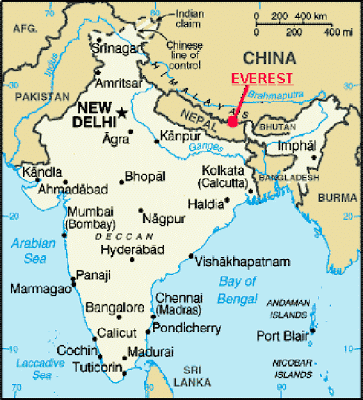Una dieta sana
Ya hemos aprendido que nuestro cuerpo es increíble. Pero para que funcione bien tenemos que cuidarlo. Para estar sanos: hay que comer de forma equilibrada, hacer ejercicio, cuidar nuestra higiene, ir al médico a hacer revisiones de prevención o cuando estamos enfermos, dormir las horas necesarias...
¿Qué significa una dieta sana?
Nuestro cuerpo necesita energía y esta se la damos a través de la comida y la bebida. Tenemos que aportar a nuestro cuerpo los nutrientes que necesita. Una dieta sana significa hacer cinco comidas equilibradas al día (desayuno, almuerzo, comida, merienda y cena) y beber mucha agua (alrededor de un 1 litro y medio, uno seis vasos de agua).
El desayuno es muy importante y resulta muy triste saber que hay niños que no desayunan o que ese desayuno no es equilibrado. Cuando no aportamos la energía adecuada a nuestro cuerpo este no puede trabajar bien. No podremos prestar atención y aprender mucho si no tenemos la suficiente energía.
El almuerzo. En el colegio trabajamos mucho así que el recreo es necesario para:
. comernos el almuerzo
. beber agua
. ir al váter
. jugar (relacionarnos con nuestros compañeros, correr, saltar, utilizar nuestra imaginación....).
A la hora del almuerzo deberíamos traer un almuerzo sano: bocadillos (de jamón, jamón york, queso, chorizo...), fruta, frutos secos, lácteos, cereales. No deberíamos abusar de los productos que vienen en bolsitas o tetrabriks ya que suelen contener colorantes y conservantes (como mucho una vez por semana).
Nuestra merienda puede ser similar a nuestro almuerzo: bocadillo, fruta, cereales, ese bizcocho que has hecho con tus padres o con la abuela ...
Nuestra comida y nuestra cena tienen que ser también equilibradas:
A healthy diet
A healthy diet is a balanced diet. We need to eat the right amounts of the diferente food groups:
. carbohydrates and fibre
. fruit and vegetables
. dairy products
. proteins and iron
. fats
Breakfast, lunch and dinner









.jpg)
































